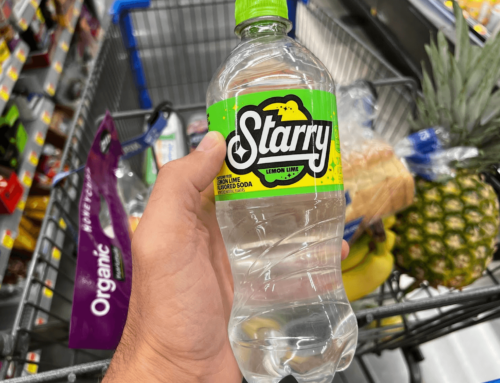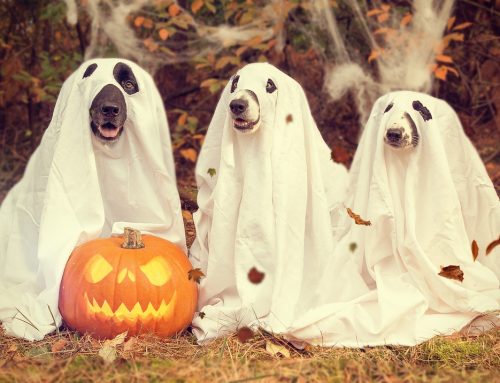Prior to the pandemic, most of us didn’t realize the barbershop is one of the essential services we use to stay clean, looking, and feeling good. Even in a time period of stay-at-home orders and Zoom meetings in sweat pants, everyone still wants to look good. Assuming you don’t want to be one of those people with a DIY haircut, the barbershop continues to be a local business we rely on even in these uncertain times.
In most areas, barbershops are in operation again and customers are appreciating the sense of normalcy visiting a salon has to offer. As the saying goes, “This too shall pass”.
The U.S. barbershop market is a $5 billion industry that employs more than 150,000 people. In this market report, we showcase some of the industry’s statistics, outlook in the years ahead, and upcoming trends like going mobile and embracing technology. Let’s do this.
Barbershop Industry Numbers
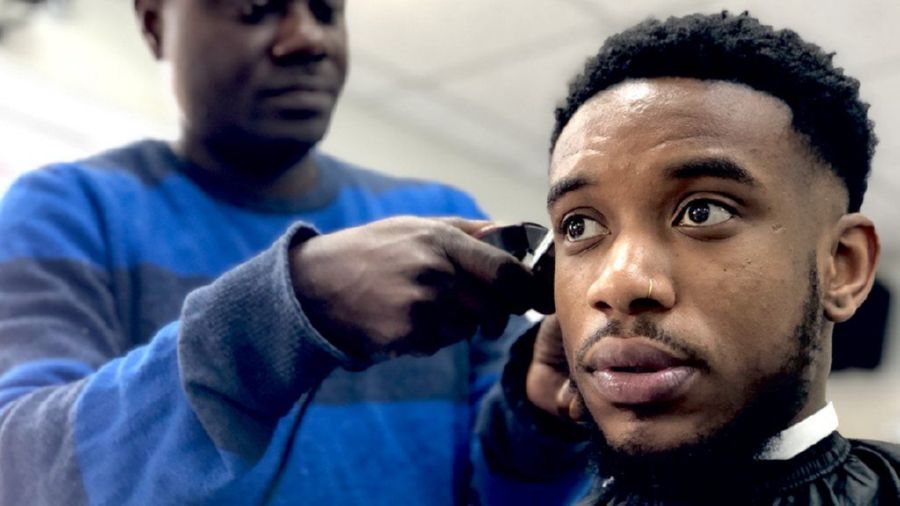
Mobile barbers can make life easier by coming to you
The U.S. barbershop market size is estimated at around $5 billion. (IBISWorld)
The estimated job growth in the barber shop industry is pegged at 1.1% (Data USA)
The U.S. barber shop industry has averaged an annual growth of 5.9% in the past 3 years reaching $1.1 billion in revenue. (Kentley Insights)
There was a 23% drop in barbershops across the U.S. from 1992 through 2012. Be careful where you decide to open your shop. (Forbes)
There are approximately 131,077 barber shop businesses in the U.S. No matter what market you’re in or the economic outlook, folks still need haircuts. (IBISWorld)
44% of American men visited a barber in the past year. This is a personal maintenance habit that will be passed onto future generations. (MindBody Business)
In 2020, the federal government spent a total of $21,395 on barbershops. It has awarded 3 contracts to 3 companies with an average value of $7,132 each company. Cutting the hair of a government employee can be lucrative. (Anything Research)
The Global Barber Supply Market
The global barber supply market is anticipated to gain revenue of around $20 billion dollars. This is an incredibly large market that includes shampoo, hair gel, and conditioners. (OpenPR)
The annual growth of the industry was on an average of 1.9% from 2012 to 2017. (OpenPR)
In the years 2017 to 2022, the industry is anticipated to develop by 3% per year. (OpenPR)
The barber shop industry includes 4,377 companies in 4,845 locations. (Kentley Insights)
The average employee age is 39.5. This suggests that there is a wide-range of barber professionals young, old, and middle aged. (Data USA)
The barber shop industry employs roughly 152,201 people. (IBISWorld)
Profitability of Barbershops
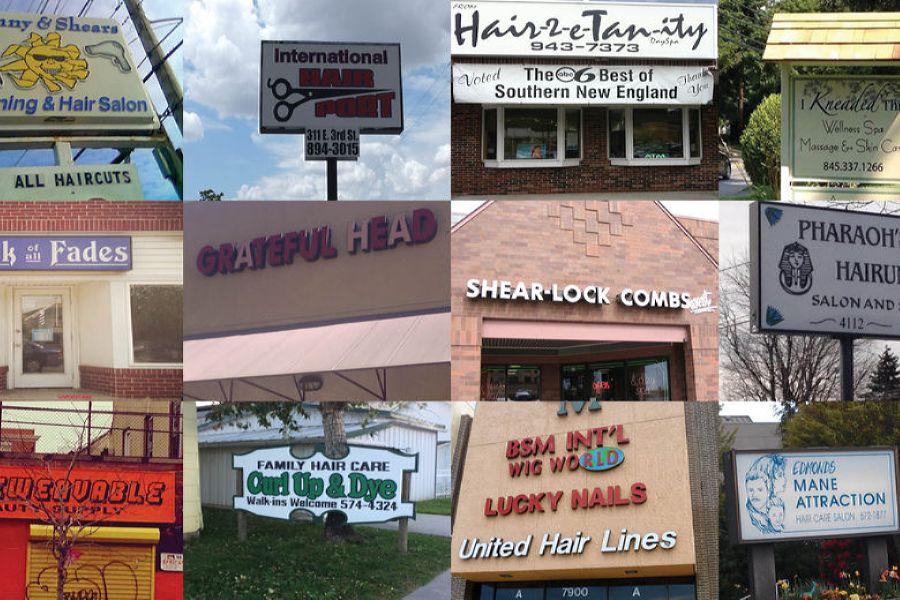
How much do barbers make?
In California, the average payroll per employee is at $23,590 annually. The average salary of a barber in the US amounts to $30,414 per year. (Avenue Five Institute)
Locations with a lower level of income, shops may only be able to charge $7 – $10 a haircut. Take time to consider the type of babershop and the clientele you want to serve prior to opening for business.
In the U.S., the lower paid barbers receive an average of $19k per year and the highest paid barbers bring in more than $42,000 per year. (Avenue Five Institute)
The average annual income for a barbershop owner is $27,000, which comes out to about $11.00 an hour according to the Bureau of Labor Statistics. Of course most experts agree many barbers don’t fully report cash tips to avoid being taxed.
The 10-year expected average salary in the industry is $27,718 a year. (Data USA)
Occupational Employment and Wages
States with the highest employment level in this occupation: (U.S. Bureau of Labor and Statistics)
Hourly average wage
Texas $16.43
New York $16.15
Florida $14.02
States with the highest concentration of jobs and location quotients in this occupation: (U.S. Bureau of Labor and Statistics)
Location quotient
Colorado 2.38
Utah 2.19
Texas 2.0
Highest paying States for this occupation: (U.S. Bureau of Labor and Statistics)
Annual average wage
Maryland $57,500
Washington $57,120
Massachusetts $55,390
The typical cost for putting up a barbershop can range from $30,000 for a turnkey operation to about $150,000 for a new buildout. (American Barber Association)
Over the past 3 years, the U.S. barber shop industry has averaged a yearly growth of 6% to hit $1 billion in revenue.
Related Reading: 127 Mobile Barbershop Name Ideas That Aren’t Taken Yet
The state of Illinois is the highest paying state for barbers. The state’s average hourly wage for barbers is $21.53, which amounts to an annual average wage of $44,770. (Avenue Five Institute)
Successful barber shops spend roughly 8 percent of their revenue on marketing. (American Barber Association)
Locations with a higher-income such as the metropolitan California area has average price for a haircut of $28 – $30 for a basic hair cutting service.
Booth rental monthly fees can range from $200 to over $1200 per month, depending on the location and facilities. (American Barber Association)
Mobile Barbershops
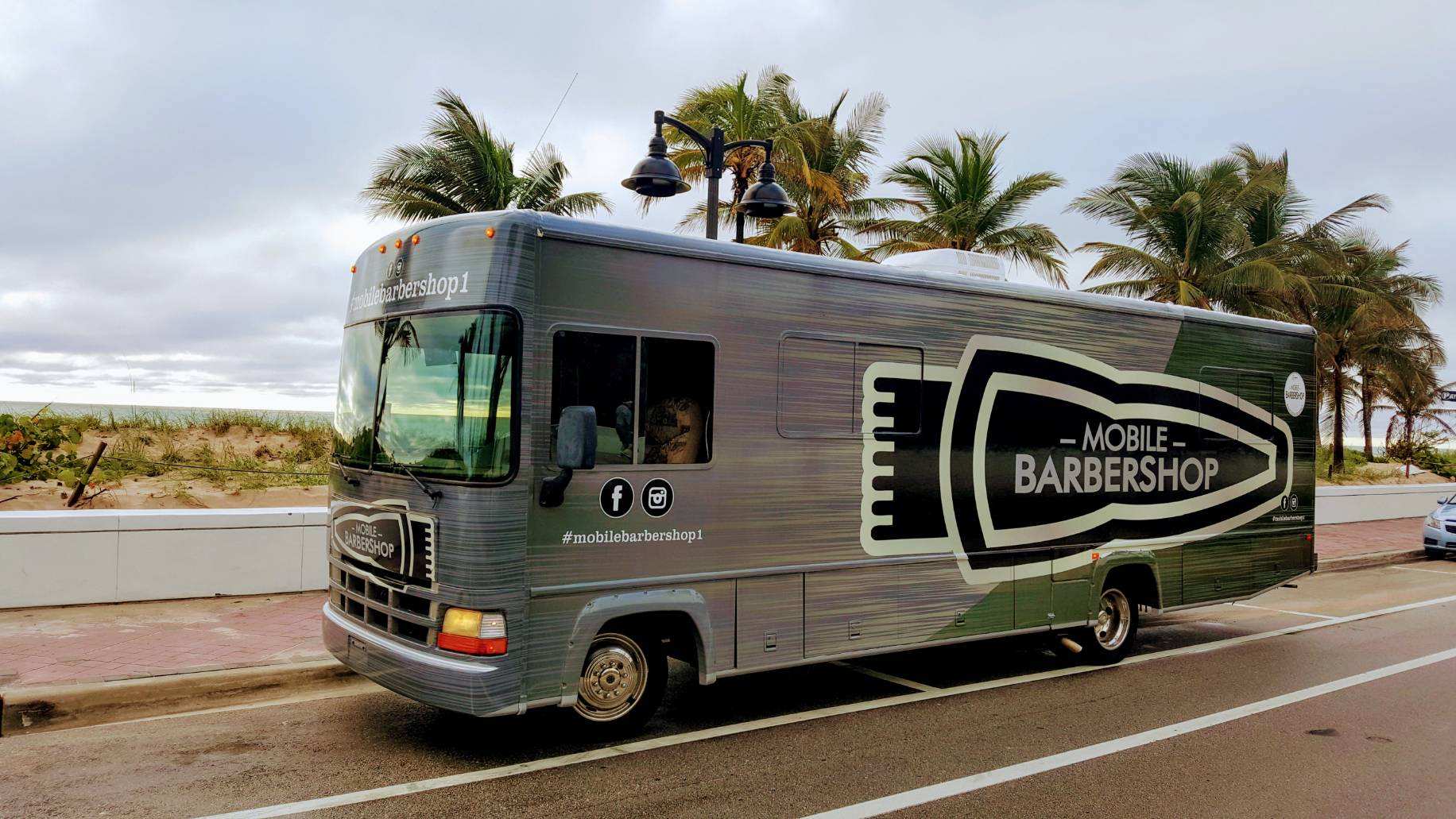
A mobile barbershop bus.
Mobile styling is known to be more profitable since you don’t have to pay for a booth or a seat or for percentage fee to a salon. Commission payments to a marketplace will only cost you around 10% to 20% compared to 40% to 60% on average in a beauty salon.
In western European countries, like France or Germany, at-home haircuts represent 20% of the total service.
While in the U.S., it can be approximated only between 1% and 2% are conducted by professionals at the home. This is a rough estimate because accurate data-based numbers do not even exist. Most salons don’t differentiate between at-home and in-store cuts. (Dash Stylists)
You can browse used mobile salons for sale in our marketplace. More consumers are starting to appreciate this not leaving the home for safe and professional services.
Trends in the Barbershop Industry
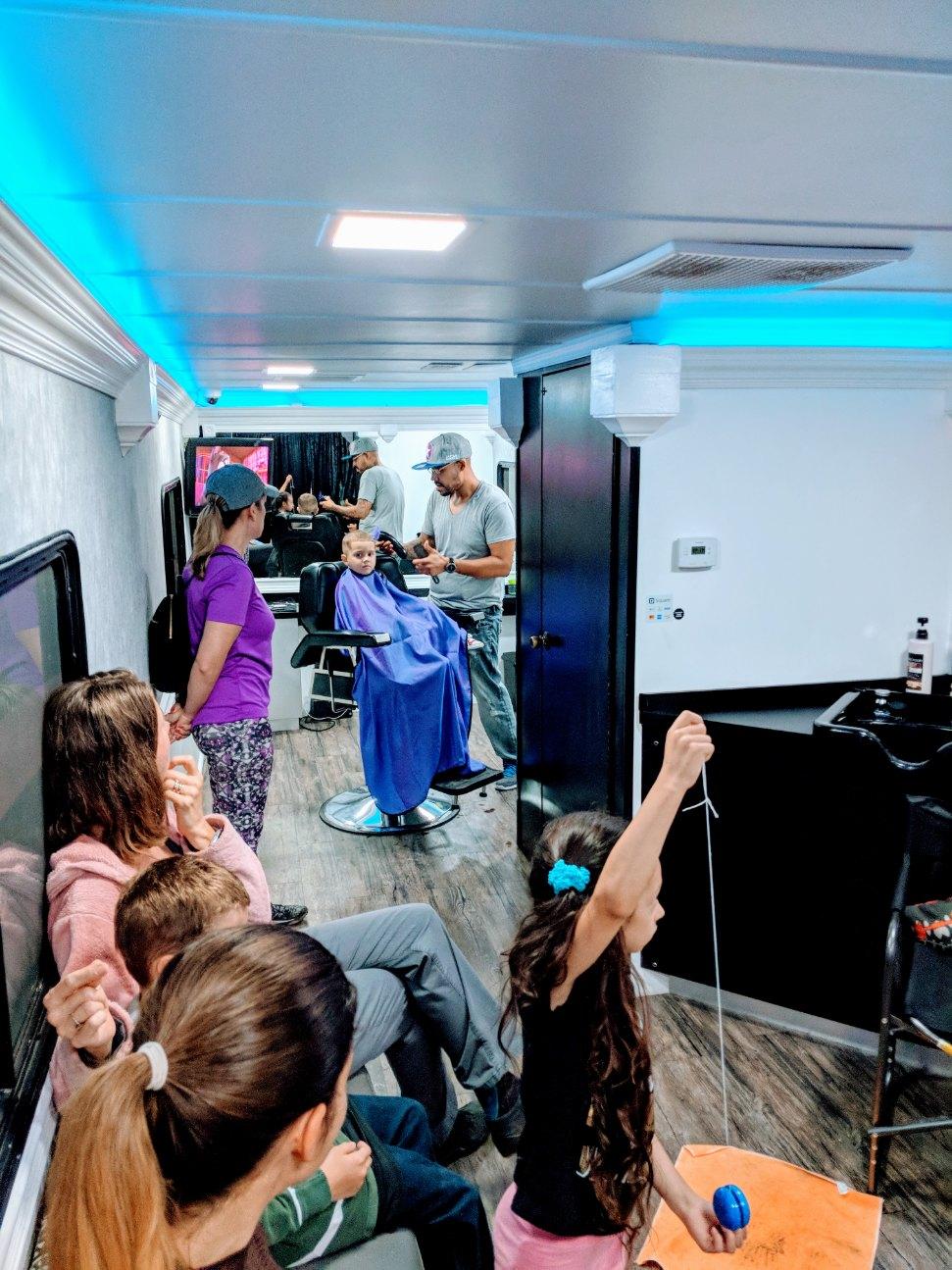
Inside a mobile salon.
There has only been a 20% growth in the barber profession in Pennsylvania since 2007. (Elegance USA)
Barber services are one of the top services men say they plan to try next. Believe it or not, men like looking good too!
Barbershops account for 81 percent of the total sales for men’s grooming products. This is a big opportunity to up-sell and introduce clients to high-quality products. (Elegance USA)
Today, men are treated with the full, luxurious experience of receiving high-end services. Many barbershops now offer a full line of personal care services including shaves, bear trims, and massages. All of this can be completed while sipping on a complimentary brew or coffee and watching a football game on the big screen.
The hair cutting profession is anticipated to grow faster than 7.4%, the average rate of national job growth. There’s job security in this profession even during difficult economic times. (Elegance USA)
Embrace technology. There is now affordable automation software what will handle the administration work associated with operating a barbershop. Taking advantage of low-cost software that allows customers to book appointments online, send out reminders, and accept payments can cut down on the admin work without hiring a receptionist for the shop.
We hope you use this data-backed research to make informed decisions about your barbershop. In spite of changes in consumer behavior and technology, the basics of operating a profitable barbershop will remain the same until robots can give a decent haircut. Provide a quality cut, talk to customers, offer a consistent service and you’ve already got the main ingredients to be a cut above the competition.

